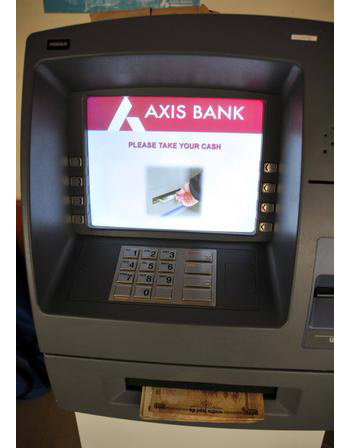
Fig. 1: Image Of Automated Teller Machine(ATM)
It is true that most inventions have happened due to sheer necessity and invention of ATM machine is one of them. Now the question that arises is what was the necessity, what called for the invention of a round the clock cash dispenser? Who invented it- a broke student or a shopaholic lady, a businessman or a banker, too tired of cashing the cheques? Also known as Cashpoint or Hole-in-the-Wall Machine (Britain), ABM or Automatic Banking Machine (USA), All-time Money (India), and Minibank (Norway) and so much more, the history of ATM is full of interesting facts, some we know, some we don’t.
The ATM machine gained Shepherd-Barron an ever-lasting recognition in the banking world and paved the way for hi-tech banking techniques, online bank accounts and PIN and chip security technology. The four-digit internationally accepted standard PIN was also invented by him. Earlier, he had a six-digit Army serial number in his mind but later his wife suggested for a shorter PIN as it would be easy to remember. Finally in 1967 that the first ATM that dispensed paper currency round the clock, was unveiled. The ATM machine installed outside a Barclay’s bank in North London started dispensing cash on a 24 hour basis.
Filed Under: Invention Stories


Questions related to this article?
👉Ask and discuss on Electro-Tech-Online.com and EDAboard.com forums.
Tell Us What You Think!!
You must be logged in to post a comment.